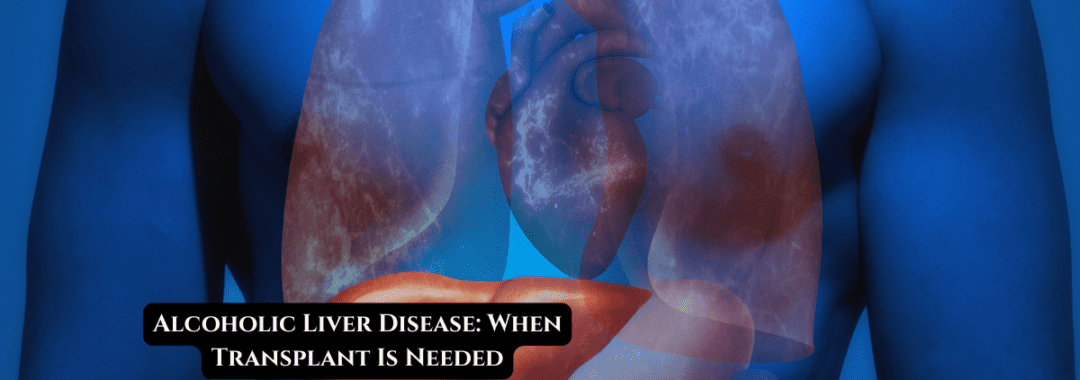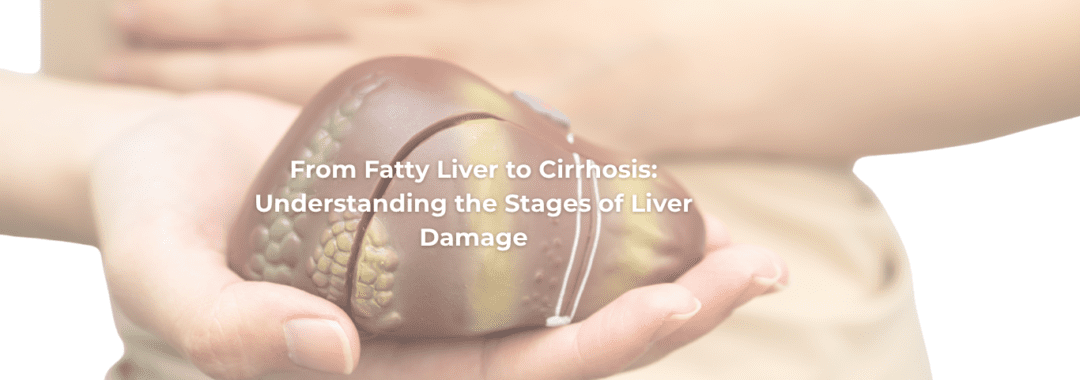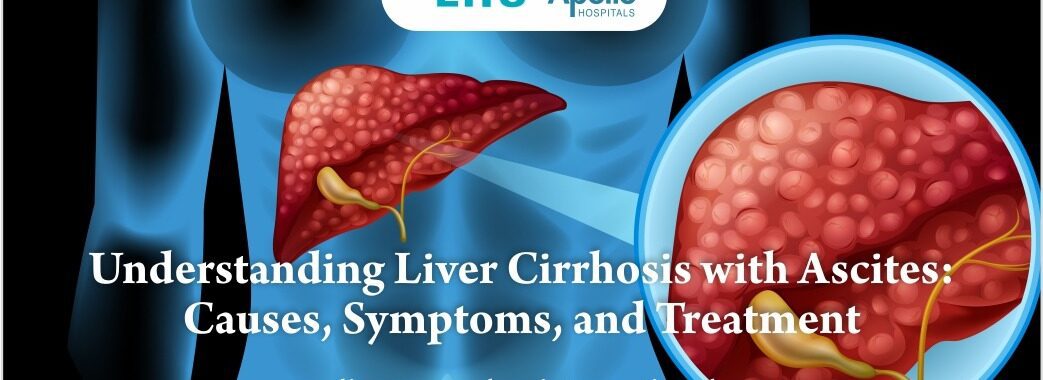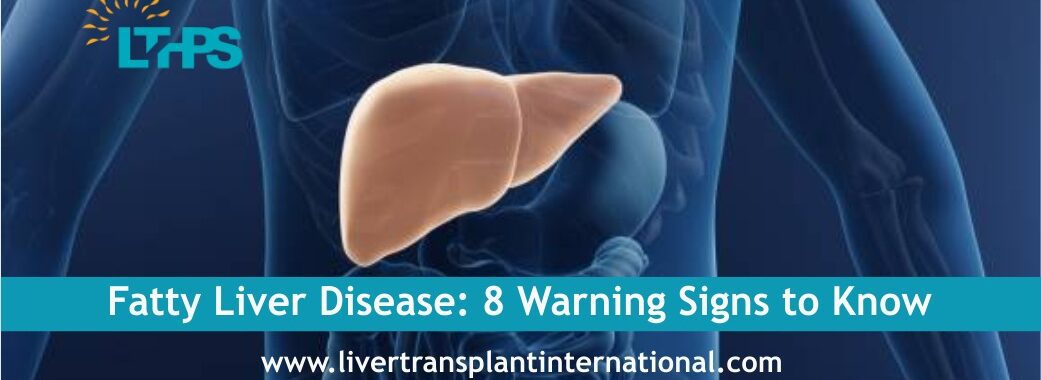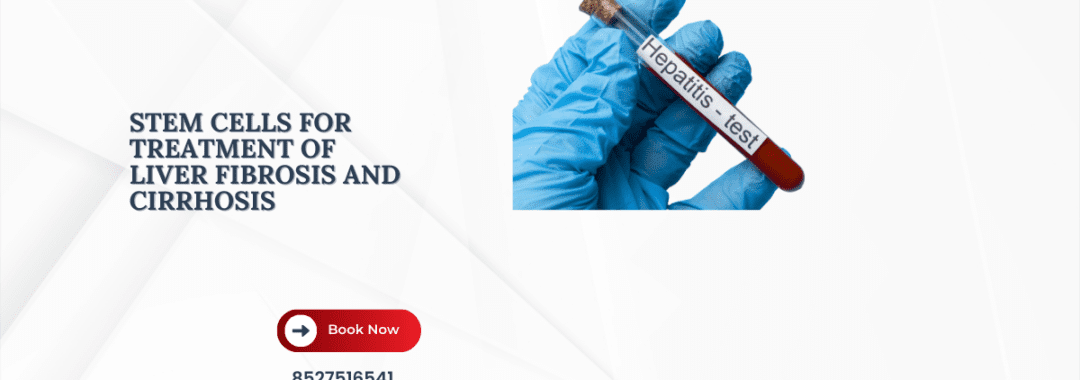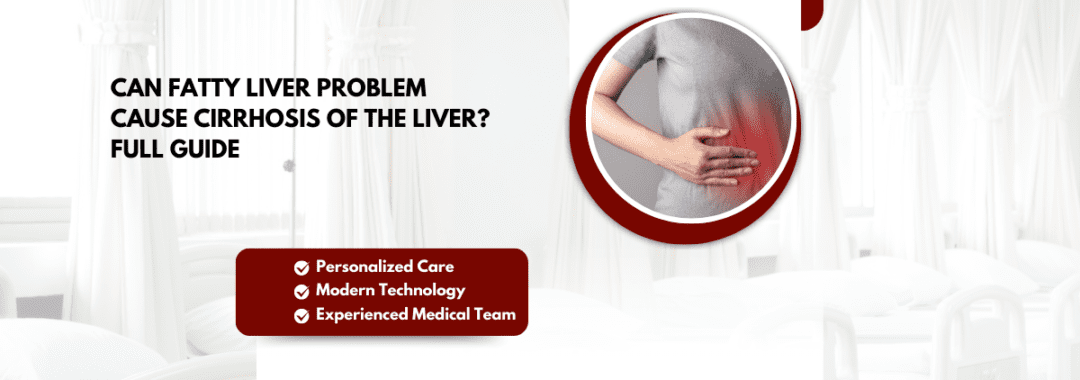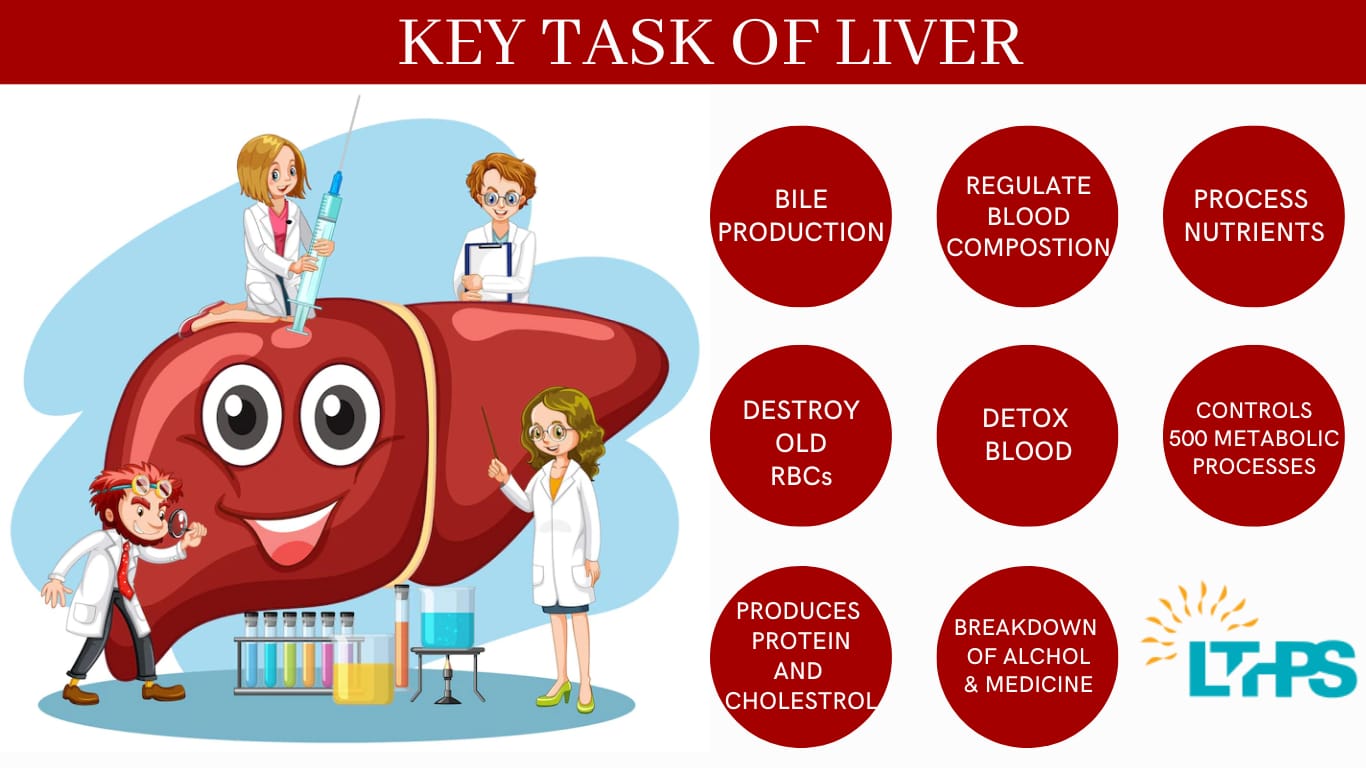Introduction
Have you ever wondered how much damage alcohol can truly do to your liver? For many, a glass of alcohol might seem harmless—but for others, it’s a ticking time bomb. Alcoholic Liver Disease (ALD) is a serious and progressive condition caused by long-term alcohol abuse. Over time, it can destroy liver cells, leading to life-threatening complications where only a liver transplant can save a person’s life.
In this guide, we’ll dive deep into understanding alcoholic liver disease, its stages, symptoms, and most importantly, when a liver transplant becomes necessary.
1. What Is Alcoholic Liver Disease (ALD)?
ALD stems from overconsumption of alcohol for long periods. The liver first becomes inflamed and then develops scar tissue. Alcoholic liver disease includes over fatty liver to cirrhosis which is end stage liver disease. Over time, alcohol becomes liver disease and cirrhosis gets worse.
The liver like a filter first becomes impaired, inflamed, and eventually scar tissue is created and then the liver is cirrhosis and cirrhosis.
1. How Does Alcohol Affect Your Liver?
Livers metabolize alcohol and try to detoxify it. The detoxifying process produces toxins and the liver becomes inflamed. The body again tries to repair the inflamed and damaged liver and more scar tissue develops around the liver, cirrhosis develops and replaces the healthy liver tissue. Finally, the liver becomes like a sponge and hardens from cirrhosis. The liver becomes less functional and cirrhosis progresses to liver disease. The liver becomes like a sponge.3. Stages of Alcoholic Liver Disease
The progression of Alcoholic Liver Disease occurs through three principal stages:
a) Fatty Liver (Steatosis)
Steatosis represents the initial stage of the disease and is also the most reversible. After prolonged periods of heavy drinking the liver will accumulate excess fat and begin to develop steatosis. The positive aspect about this stage is that total abstinence from alcohol will reverse the steatosis condition.
b) Alcoholic Hepatitis
Steatosis will eventually lead to Alcoholic Hepatitis. This condition is characterized by the onset of liver inflammation and the appearance of jaundice, abdominal pain, and nausea. Liver failure will most likely occur if this condition is left unmanaged.
c) Cirrhosis
Cirrhosis is the final stage of alcoholic liver disease. It is characterized by the replacement of healthy liver tissue with scar tissue, significantly impairing the liver’s functionality. This condition is detrimental to the individual and increases the risk of life-threatening complications, which may require a liver transplant.
4. Early Warning Signs and Symptoms
The most worrying aspect of ALD is that the condition will reveal its symptoms very late in its progression. This is highly concerning as the first stages can go undetected leading to severe damage. Symptoms that commonly occur are:
Extreme fatigue and persistent weakness,
Loss of appetite and significant weight loss,
Nausea and vomiting,
Jaundice (yellowing of the skin and eyes),
Abdominal swelling (ascites),
Confusion, which results from hepatic encephalopathy,
Easy bruising and bleeding.
If any of these symptoms have occurred in an individual that has a history of alcohol consumption, it is urgent that they see a liver specialist.
5. How Is Alcoholic Liver Disease Diagnosed?
Diagnosis usually follows a sequence involving:
Laboratory Tests: Assessing liver enzymes such as ALT and AST.
Ultrasound or CT Scans: To assess liver dimensions and condition.
Fibroscan: Determines liver elasticity (gauges scarring).
Liver Biopsy: Determines the severity and extent of damage.
Diagnosis needs to be as early as possible because early intervention may prevent damage from becoming permanent.
6. Can Alcoholic Liver Disease Be Reversed?
Yes, but only in the early stages of the disease. Complete alcohol cessation will allow the liver to fully recuperate. Other factors such as a balanced diet, physical activity, and medical assistance are very beneficial.
Once cirrhosis occurs, there will be no further liver healing, and the only option that will save the patient’s life is a liver transplant.
7. Treatment Options Before a Liver Transplant
Prior to a transplant, most clinicians will propose:
Total alcohol abstinence
Nutritional therapy to address vitamin deficiencies
Anti-inflammatory and anti-infection medications
Altered lifestyle including exercise and a balanced diet
Psychiatric counseling and rehabilitative therapy
These interventions will stabilize liver disease and, in some cases, can postpone liver transplantation.
8. When Does a Liver Transplant Become Necessary?
If a patient has completely abstained from alcohol and has received medical treatment, a liver transplant will be necessary when the liver has lost the ability to carry out all of its vital functions.
Common indicators include:
End-stage liver failure
Severe cirrhosis
Repeated hospitalizations for hepatic encephalopathy or bleeding
A MELD score (Model for End-stage Liver Disease) showing critical liver function decline.
At this stage, transplantation is the only hope for survival.
9. Criteria for Liver Transplant in Alcoholic Liver Disease
Not everyone with ALD qualifies for a transplant. Most centers, including those under the best liver transplant surgeon in India, follow strict criteria:
Minimum six months of alcohol abstinence
Psychiatric evaluation ensuring commitment to sobriety
Adequate family or social support post-surgery
Good overall health aside from liver disease
These guidelines ensure that patients make lasting changes and have the best chance at a successful recovery.
10. Preparing for a Liver Transplant
Preparation includes several steps:
Comprehensive medical evaluation to assess overall fitness
Listing on a transplant registry
Finding a suitable donor (living or deceased)
Pre-surgery counseling about risks and expectations
Patients also receive advice on managing diet, exercise, and emotional health while waiting for the transplant.
11. Recovery and Life After Liver Transplant
After a successful transplant, patients can lead normal, fulfilling lives—but discipline is key.
Post-transplant care includes:
– **Immunosuppressant medications** to prevent rejection
– **Regular checkups and blood tests**
– **Avoiding alcohol** permanently
– **Healthy lifestyle**
– **Recovery** takes months but survival rates are excellent under best liver transplant surgeon India provides.
**12. Role of Best Liver Transplant Surgeon India Provides**
Selecting the best surgeon is as valuable as the transplant.** Best liver transplant surgeon India provides has:
– **Extensive experience with complex liver transplants**
– **Great success rates**
– **Advanced surgical methods**
– **Complete pre and post operative care**
**Top liver transplant surgeon India** has allied with a team of clinical nutritionists, clinical psychologists and reactive hepatologists to facilitate full recovery and rehabilitation.
**13. Preventing Alcoholic Liver Disease**
**Good news is; ALD is fully preventable**.
– **Avoid and limit alcohol**
– **Healthy body weight**
– **Balanced meals with fruits, vegetables and proteins**
– **Hydration**
– **Regular liver function tests** if alcohol is consumed,
– **Your liver can heal and so give it the chance**.
**14. Myths About Alcoholic Liver Disease**
– “**Only heavy drinkers get liver disease**”.
– Even moderate drinkers can develop liver problems over time.
“Taking a break from drinking means you won’t develop liver damage.” Regular consumption in small quantities can result in damage over time.
“Liver damage can heal in a short time.” This process takes time, and at some point depend on what stage of damage the liver is in.
“Liver transplant permanently resolves the issue.” This is a treatment, not a cure, and you must abstain from drinking alcohol for the rest of your life.
15. Conclusion
Although alcoholic liver disease is serious, in most of its cases, it is a preventable condition. Being able to identify the condition at most of its earlier stages, and acting on it, can save your life. But when damage is irreversible, a liver transplant is your second lifetime chance.
Do not wait any longer to get a consultation with the best liver transplant surgeon in India if you or especially loved one is a target of irreversible damage to the liver caused by alcohol. Proactive care, alcohol abstinence, and a sober lifestyle will make the difference between life and death.
FAQs
1. Can alcoholic liver disease be cured completely
Yes, at most of its earlier stages it can be by abstaining alcohol. But, once a disease advances to cirrhosis, the damage is mostly irreversible, and will require a liver transplant.
2. How long do I need to stop drinking before I can be considered for a liver transplant?
Most transplant centers require at least six months of sobriety to ensure you’re committed to long-term recovery.
3. What is the survival rate after a liver transplant for alcoholic liver disease?
When supervised by the best liver transplant surgeon in India, the first class survival rates get above 85–90% at five years post transplant.
4. Can a person drink alcohol again after a liver transplant?
No, drinking post-transplant will harm the new liver and cause the new liver to get rejected or will lead to liver failure.
5. What are the signs that liver transplant may be needed?
Major red flags that a transplant may be needed includes persistent jaundice, ascites, confusion, recurrent hospitalizations, and poor liver function tests.

